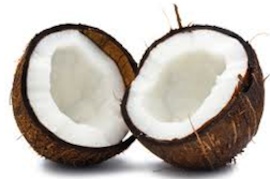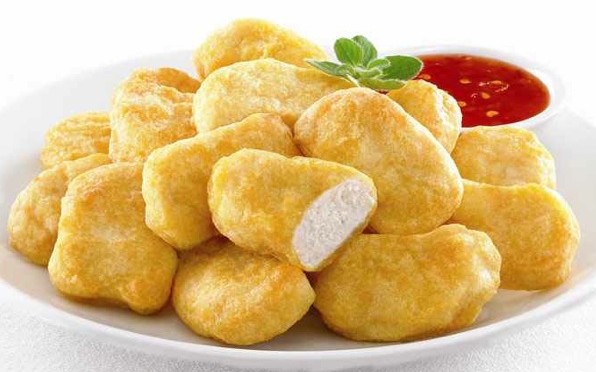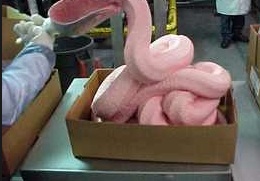Let’s face it…..every time you feed your body, you feed your brain. A well-fed brain can think clearly, make great decisions, handle stress and remember well.
A poorly-fed brain can’t remember, is impatient, is stuck in a cloud and can’t make decisions. Everything you eat affects you, so don’t you want to know which foods are best for your brain AND your body? You’ve met those people who look great but their brain is running on empty? With a
little know how and an eye for spotting fresh, home cooked, chemical-
free food, you can build your brain muscle and release the inner gunk
associated with Alzheimer’s and dementia. Oh, and with ADHD and
memory problems as well.
What’s really the best food?
Who knew that the best foods for you, now that you know the food pyramid misses the mark, are, u name it: good ole greens, beans and veggies as close to fresh picked as you can get them. Organic produce is important because it is not grown with pesticides, which are potent cancer causers. With the widespread marketing of GMO foods (genetically-modified “Frankenfood” fruits and vegetables), it is doubly important that black folks and urban neighborhoods don’t become dumping grounds for pesticide-laden, old, poorly regulated and nutrient poor foods.
Food distributors know that they can unload lower quality foods in urban and immigrant neighborhoods. Check the expiration labels on the food products that you buy. For unpackaged foods, use your eyes and your nose. If you can smell the fish counter or the meat section from the front of the store, maybe you should go somewhere else. If you can smell
that a packaged food is rancid (old smelling), don’t use it. Packaged foods,
like nuts and crackers should be fresh.
What to look for
Now is the time to look for the stickers on fresh produce that says “Organic” or has a five digit code that begins with a number 9. Let the manager at your local market know that you want high quality, organically grown, fresh produce. If a few people ask, they can order it for their produce section. Look for farmers markets with produce that is often picked the same day or the day before. Pay a little bit more or check out your local CSA (Community Supported Agriculture) to buy a “farm-share” where you’ll get weekly deliveries of freshly harvested veggies from May to November for a lump sum payment. Check the prices of several farms but this usually averages $40 a week for the growing season for a family of four. They usually deliver to a drop off point like a church, school or farmers market.
In the end, it’s less expensive
Fresh produce can be quickly cooked into a meal for 25% of the cost of processed, prepared foods and have four times the nutrition because it hasn’t been processed, baked, boiled, colored, preserved and sometimes, dried for packaging.
Follow health-conscious sister/brother bloggers
Vegan and healthy food bloggers, like Tracye McQuirter, will give you the details, recipes, facts and motivation for cooking up delicious, nutritious, “skintastic” and age defying meals! Join her movement to enroll Black
women in an 8 week campaign to change your life.
Also, check out The Afro-Vegan Society where Executive Director,
Brenda Sanders explains to you how your food choices can change
the black experience from one of poor health and limited opportu-
nity to one of extended longevity and boundless energy.




